Senior Living Blog

Medicare’s ‘Part B’ outpatient premium to rise by $3.90
Medicare’s ‘Part B’ outpatient premium to rise by $3.90 Medicare’s ‘Part B’ monthly premium for outpatient care will go up by $3.90 next year to $148.50, officials announced late Friday afternoon. For most retirees, the health care cost increase will claim a significant slice of their Social Security cost-of-living adjustment, or COLA. It works […]
November 23, 2020
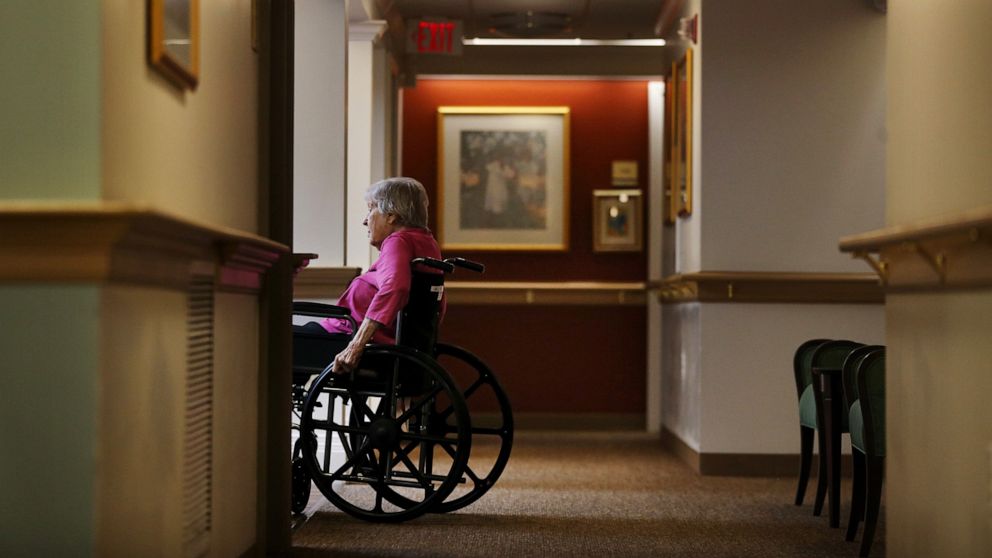
As COVID cases surge in nursing homes, feds urge extra holiday precaution
Federal officials have recommended that nursing home staff and residents avoid contact with relatives during the holidays. As COVID cases surge in nursing homes, feds urge extra holiday precaution As coronavirus rates surge across the nation, the Trump administration issued new recommendations this week urging residents and staff of nursing homes to avoid contact with […]
November 23, 2020
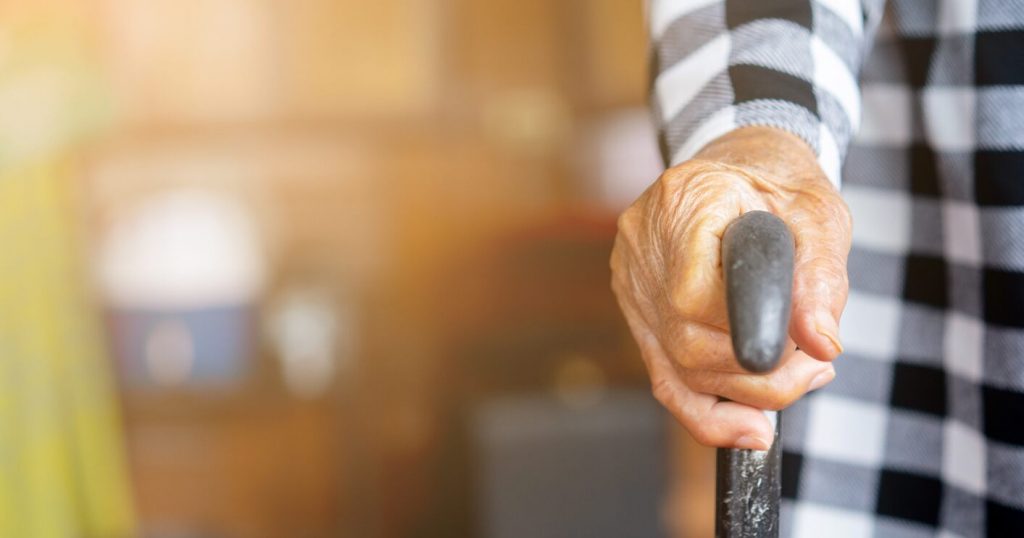
Coronavirus infections rising in New Jersey nursing homes: report
Coronavirus infections among nursing home residents are ticking higher in New Jersey as the second wave has taken effect, per a report. State health records show cases at the Dellridge Health & Rehabilitation Center in North Jersey spiked from two infections in October to seven this week, a local outlet, NorthJersey.com, reported. The incidence of cases among […]
November 17, 2020

Missourians faced a health care gap, so they took matters into their own hands
Missourians faced a health care gap, so they took matters into their own hands Organizing for Medicaid expansion Missourians mobilized by the thousands to get Medicaid expansion on the ballot this year, a move that will impact 230,000 low-income residents in the “coverage gap.” For almost a decade, advocates in Missouri have been lobbying their […]
November 17, 2020

Medicare finalizing coverage policy for coronavirus vaccine
Medicare finalizing coverage policy for coronavirus vaccine A senior Trump administration official says Medicare will cover the yet-to-be approved coronavirus vaccine free for older people under a policy change expected to be announced soon Medicare will cover the yet-to-be approved coronavirus vaccine free for older people under a policy change expected to be announced shortly, […]
November 16, 2020
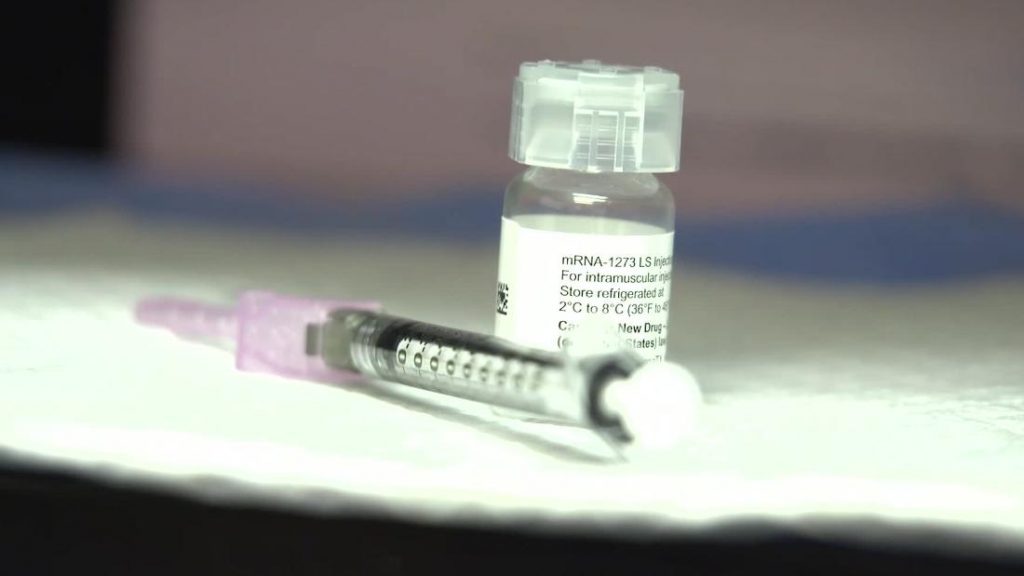
CVS, Walgreens to help distribute Covid vaccines to nursing homes
CVS, Walgreens to help distribute Covid vaccines to nursing homes The federal government has made a deal with retail pharmacies CVS and Walgreens to help distribute coronavirus vaccine — once one or more gets authorized — to long-term care facilities like nursing homes, federal officials said Friday. The two drugstore chains are the best place […]
November 16, 2020

Trump administration set to announce Medicare and Medicaid will cover Covid vaccine
Trump administration set to announce Medicare and Medicaid will cover Covid vaccine The Trump administration is set to announce as early as this week that Medicare and Medicaid will cover out-of-pocket costs for a potential coronavirus vaccine that is granted emergency use authorization, according to a person familiar with the matter. Coming days before the […]
November 16, 2020

Inaccurate Census count could affect $1.5 trillion in federal funding
A census taker knocks on the door of a residence in August in Winter Park, Fla. Census workers visited households that hadn’t yet responded to the 2020 census. The consequences of an inaccurate census Highway construction. Food stamps. Rural education. Medicare. The federal government relies on data derived from the decennial census to distribute roughly […]
November 9, 2020
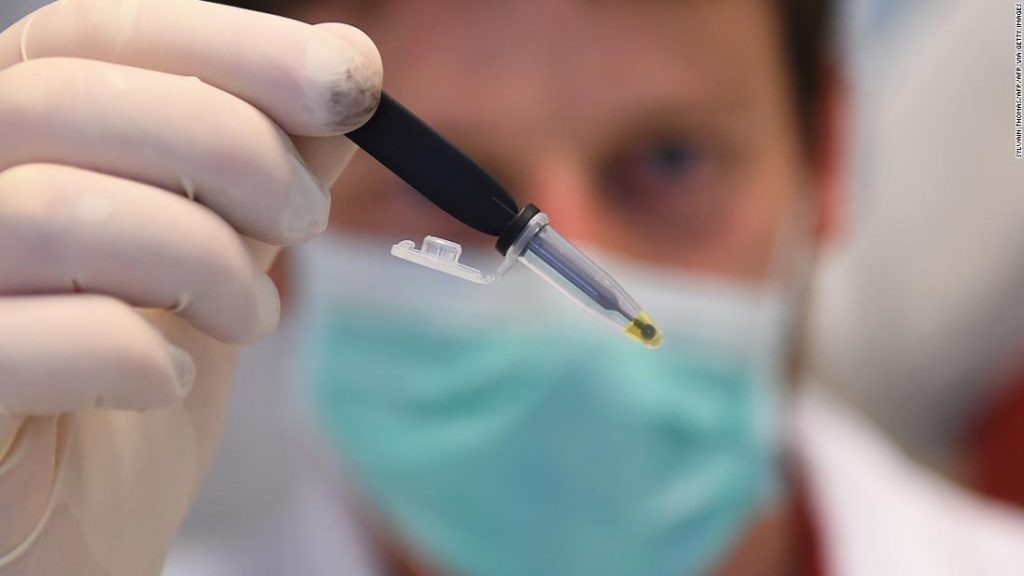
What you need to know about at-home Covid-19 tests
Is Covid testing on your shopping list? Costco, a popular wholesale store with locations across the US, has announced that it will sell a direct-to-consumer diagnostic test for Covid-19, joining a growing list of retailers providing diagnostic tests. Kent Sepkowitz writes that even though at-home Covid-19 tests will now be available at a number of […]
November 9, 2020
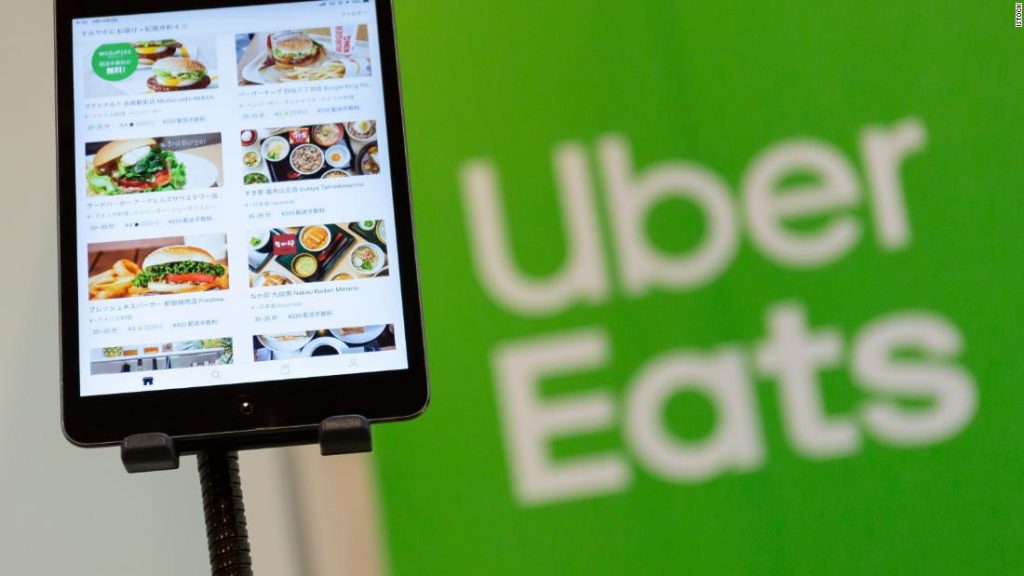
Uber Launches Medicine Delivery Service in South Africa
Uber launches medicines delivery service in South Africa Uber Eats’ South African unit on Thursday expanded delivery offerings, launching an app-based over-the-counter medicines service as it seeks to claw market share in the fast-growing online shopping sector in Africa’s most industrialized economy. Uber Eats, a unit of U.S. ride-hailing service Uber Technologies already has a […]
November 6, 2020
